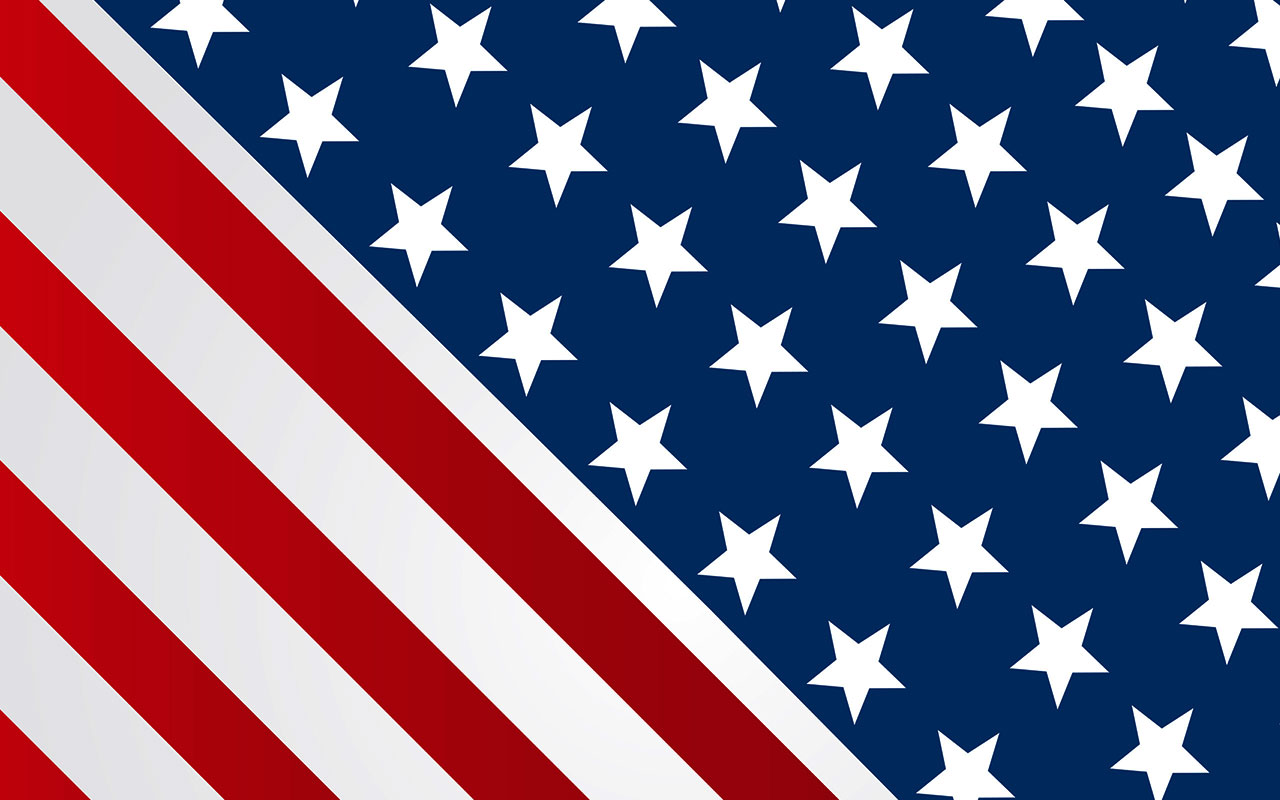

Up until then, some flags were oddly proportioned, Leepson explains, or even had six- or eight-pointed stars. In 1912, President William Howard Taft signed an executive order that, for the first time, clarified what the flag should look like. Meanwhile, in 1885, Wisconsin teacher Bernard Cigrand originated the idea for a national flag day. In 1870 the Betsy Ross legend took off when her grandson held a press conference touting her possible role in sewing the first flag, and the earliest flag protection laws appeared not long after. “This is the beginning of what some people call the cult of the flag, the almost religious feeling that many Americans have for the red, white and blue,” he says. flag until the Civil War broke out in 1861, at which time the Stars and Stripes suddenly became a popular symbol in the North, according to Leepson. It was almost unheard of for individuals to fly the U.S. Although legend holds that Betsy Ross made the first American flag in 1776 after being asked to do so by Washington, primary sources backing up that assertion are scarce.

To this day, no one knows who designed the flag or why that particular color combination and pattern were chosen. But on June 14, 1777, it took time from its schedule to pass a resolution stating that “the flag of the United States be 13 stripes, alternate red and white” and that “the union be 13 stars, white in a blue field, representing a new constellation.” The Second Continental Congress was busy drafting a constitution known as the Articles of Confederation, seeking an alliance with France and supplying the war effort. Either way, Washington realized soon after that it probably wasn’t a good idea to fly a flag resembling that of the enemy, Leepson says.


 0 kommentar(er)
0 kommentar(er)
